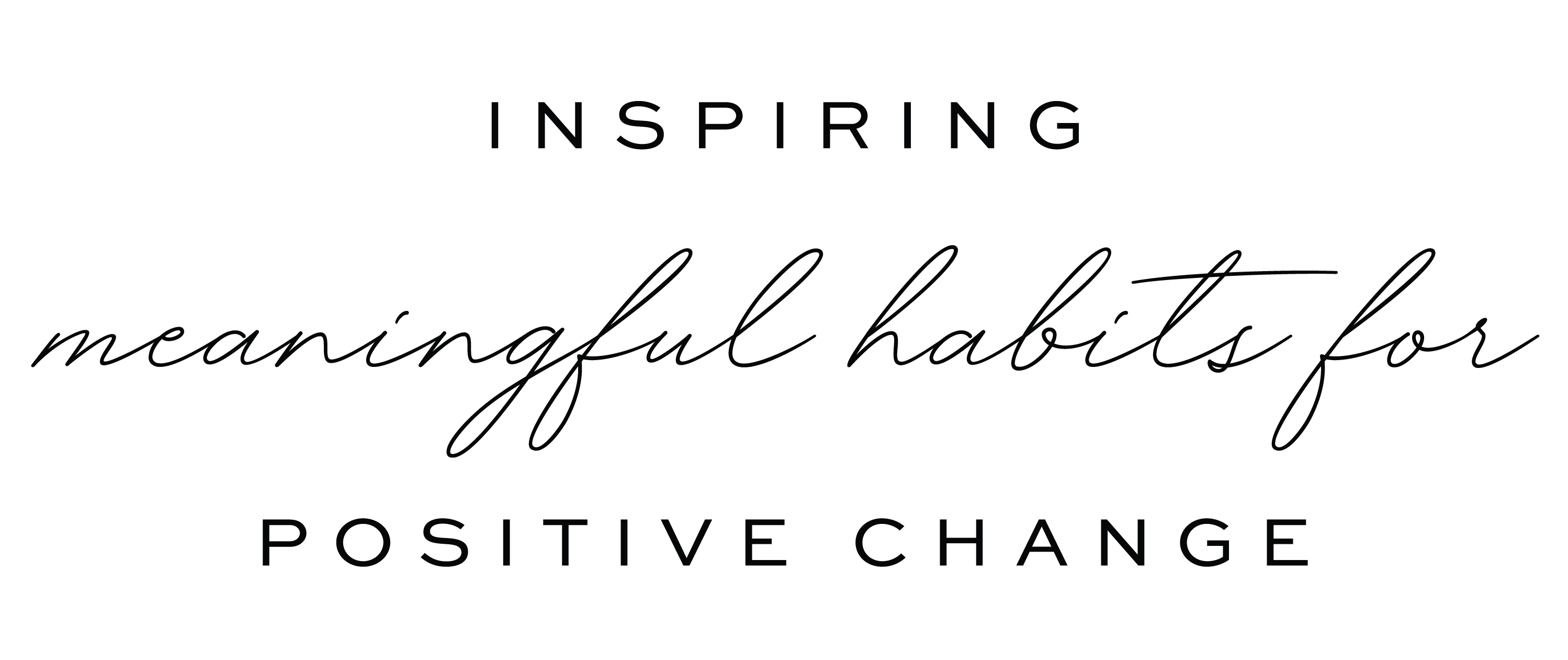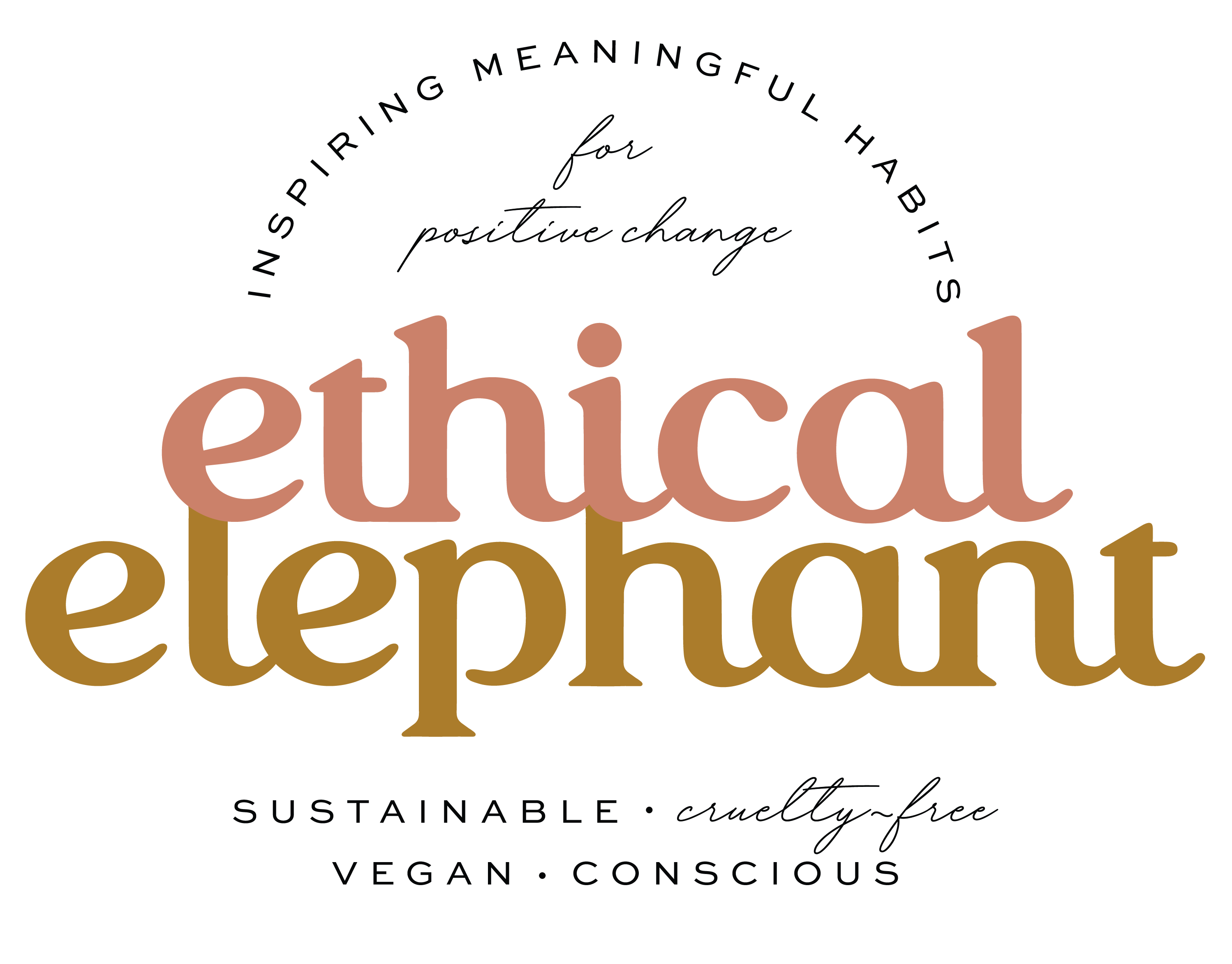This post may contain affiliate links that at no additional cost to you, I may earn a small commission.
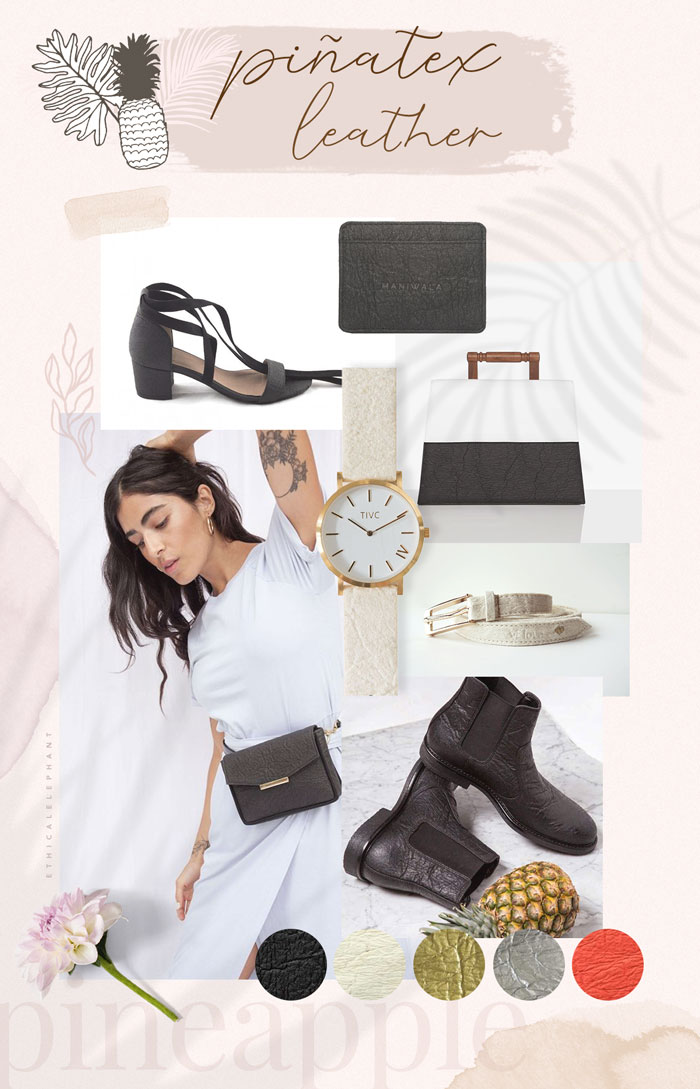
What is Piñatex?
Piñatex is a natural textile made from pineapple leaf fibre and is used as a leather alternative. Piñatex is commonly used in place of leather and synthetic materials in shoes, handbags, wallets, accessories, apparel, and even upholstery.
Where is Piñatex Made?
Piñatex is sourced from pineapple plantations and local farming communities in the Philippines and then sent to Spain where it is finished into Piñatex.
Who Makes Piñatex?
Ananas Anam Ltd. is the distributor and manufacturer of the Piñatex material.
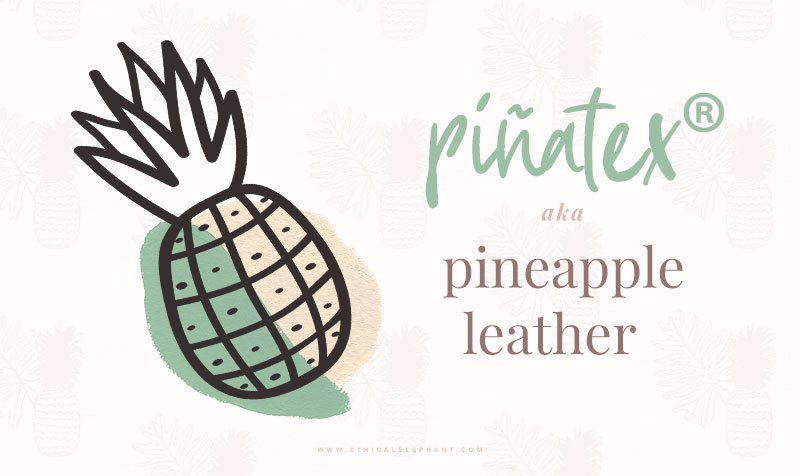
How is Piñatex Sustainably Produced?
Piñatex outshines other vegan leather alternatives because its sustainably produced, made from a natural waste product, requires no additional land, water, pesticides or fertilizers, and contains no harmful chemicals or animal products.
They say it takes about 16 pineapples (480 leaves) to make 1 square meter of material. And what I find truly fascinating about Piñatex is how they’ve taken something (pineapple leaves) that would have otherwise gone to waste or ended up in the landfills and created a natural textile out of it.
This makes me wonder what else can we make out of cool garbage?
Something to keep in mind though, Piñatex is currently not biodegradable. The coating they use is petroleum-based, therefore making the textile not biodegradable at the moment.
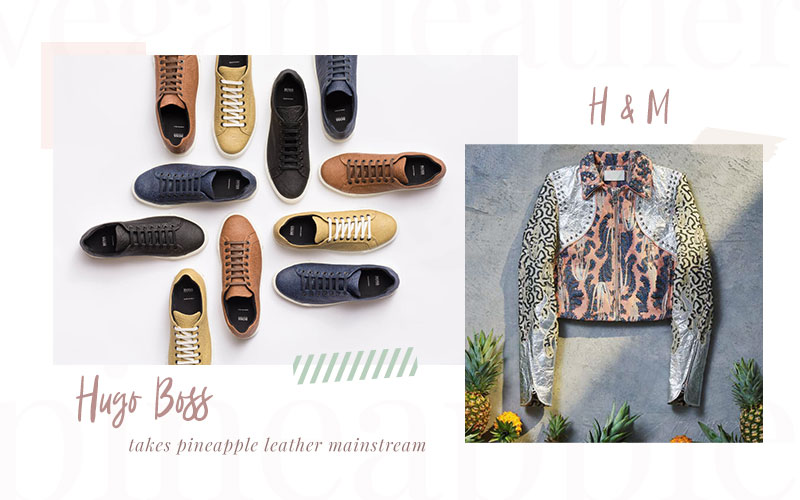
Piñatex is So Hot Right Now, Here’s Why
Apart from Piñatex’s commitment to sustainability, the natural textile in itself has become quite popular amongst fashion designers from industry leaders like Hugo Boss and H&M to small, independent designers like NAE, Bourgeois Boheme, TIVC, Hozen, GURU mpt, Collection & Co, and HFS. It looks like Piñatex is here to stay and we’re going to be seeing more of it in the future!
The material comes in a variety of colors from your classic black, white, brown, and red colors, as well as, gold and silver. Piñatex claims to be strong, lightweight, flexible and can be easily cut, stitched, debossed, and embroidered. Not too shabby for something that would have been tossed away!
My Thoughts & Favourite Piñatex Products
Durability is a question I’m most interested in, however, I couldn’t find any reviews on how Piñatex wears and ages with time. There is a Technical Textile Test document but I’d like to know from an actual customer’s perspective of how the Piñatex material on a finished product holds up after daily use.
One of the biggest drawbacks with vegan leather is their shorter lifespan. And I personally have yet to acquire a non-leather bag or pair of shoes that outlasted a leather counterpart. Even when paying a high-end luxury designer price, almost all of my non-leather items had an expiry date where it would start to flake and peel. I’m really curious to know how Piñatex will hold up after several months and/or years of wear and tear.
As for the look of the material, I’m not sure how I feel.
Don’t get me wrong, I think it’s cool AF how it’s made and all the sustainability aspect of this natural textile, but for my personal taste and style, I prefer the look of soft smooth leather. And I find Piñatex leather to be a little too textured and grainy for my liking. It reminds me too much of wrinkled up paper.
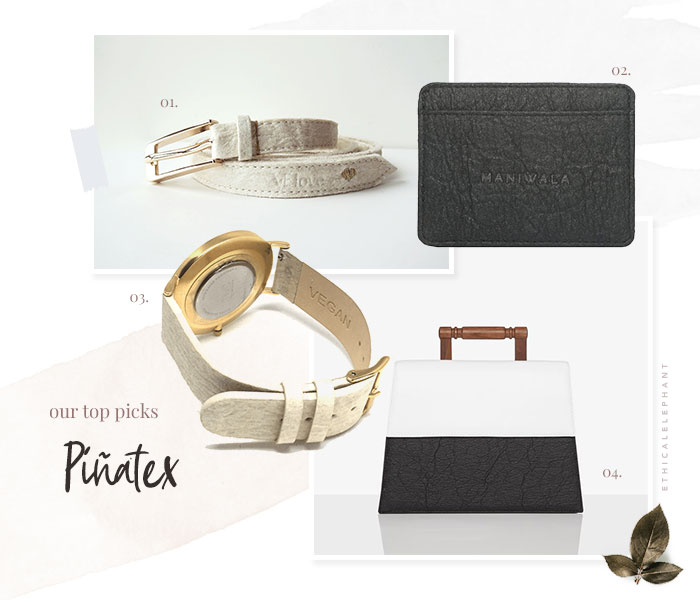
I will say though, that I don’t mind the look of Piñatex leather used for small accessories, like watches, belts, and cardholders. And when it’s combined with smooth vegan leather like the Mashu handbag– the white vegan leather on top contrasting against the black texture Piñatex leather on the bottom gives it such an interesting look that I totally dig.
Here are some of my top Piñatex picks, in the photo above:
- VElove Pinatex Alice Belt – Cream
- Maniwala Sulit Piñatex Plastic-Free Cardholder Wallet
- TIVC Watches -Pinatex Band (Natural)
- Mashu Aura – White + Black Piñatex
And the other lovely Piñatex products in the image at the very top of the post:
- Black heel sandals by NAE
- Convertible Crossbody Bag by HFS Collective
- Piñatex Chelsea Boots by Bourgeois Boheme
Maybe Piñatex is an acquired taste and I’ll come around to liking the look of it after seeing it everywhere!
In the end, it really is encouraging to know that the natural material isn’t only being used by vegan fashion designers and companies where Piñatex is getting in the hands of influential players in the fashion industry. This makes me hopeful that we are moving towards, slowly but surely, to a promising sustainable and ethical fashion industry.
I’d love to hear from you, do you own any items made with Piñatex? If not, what do you think of







